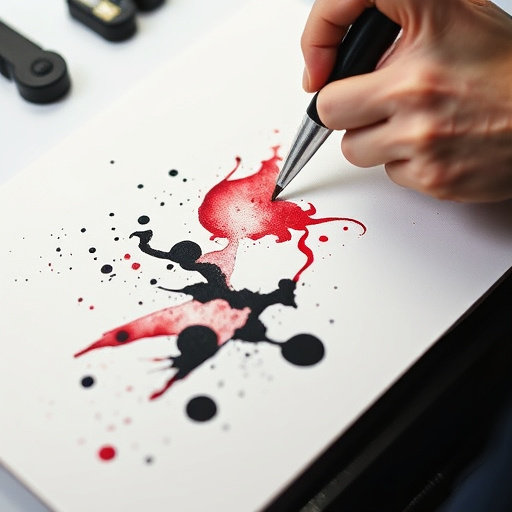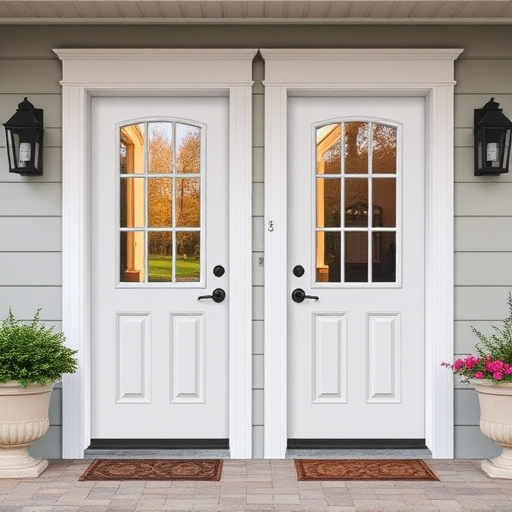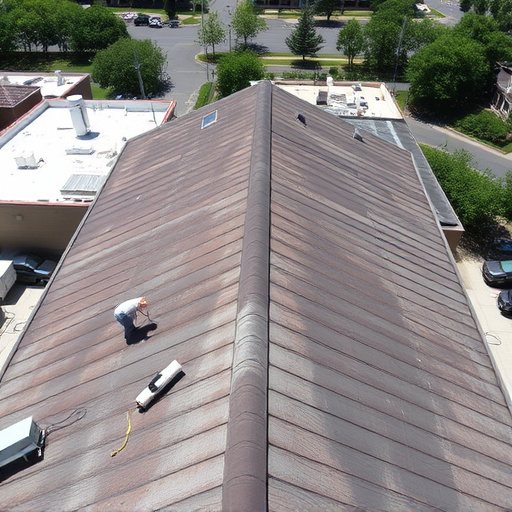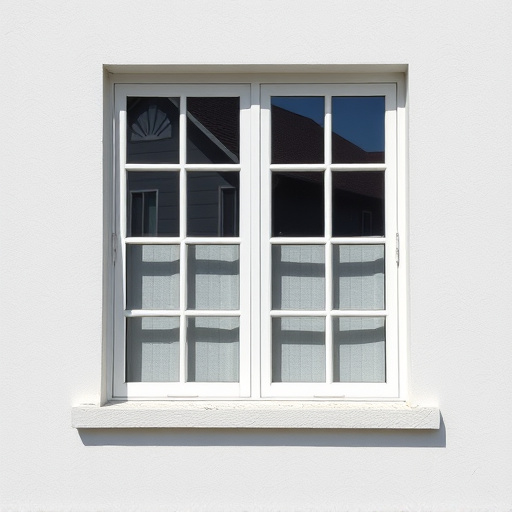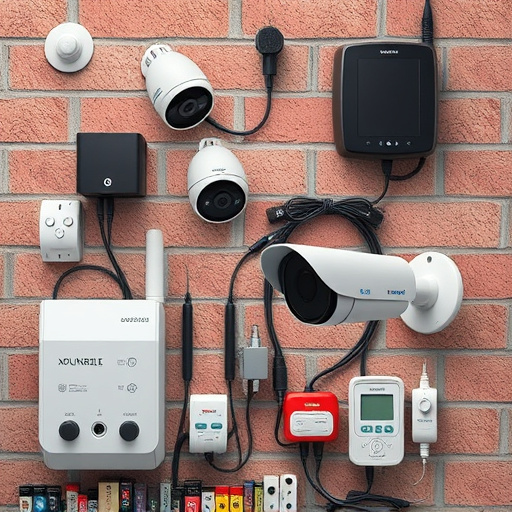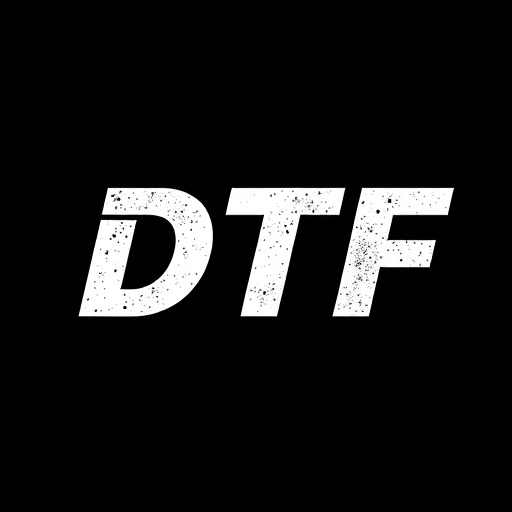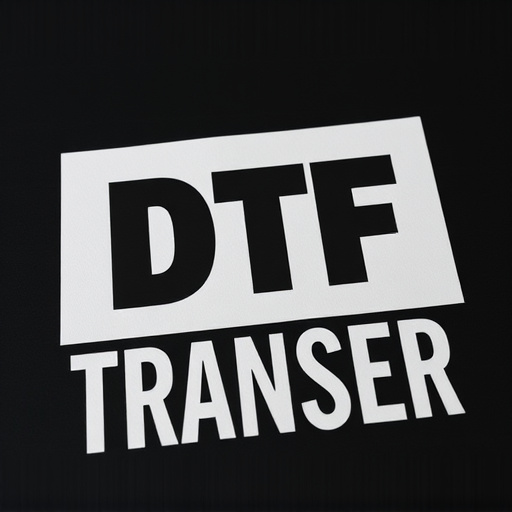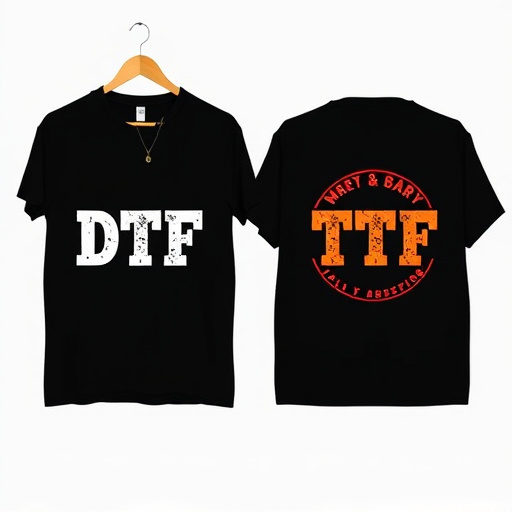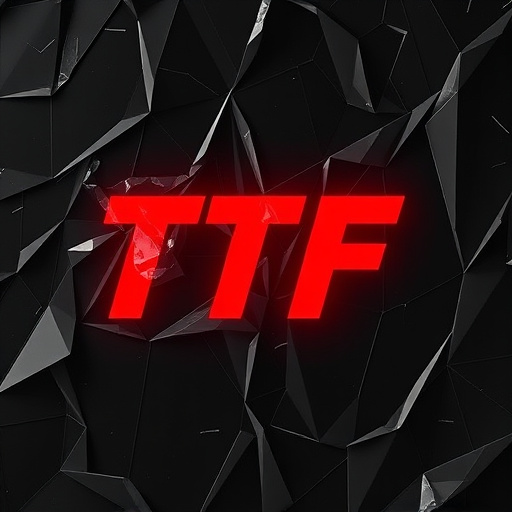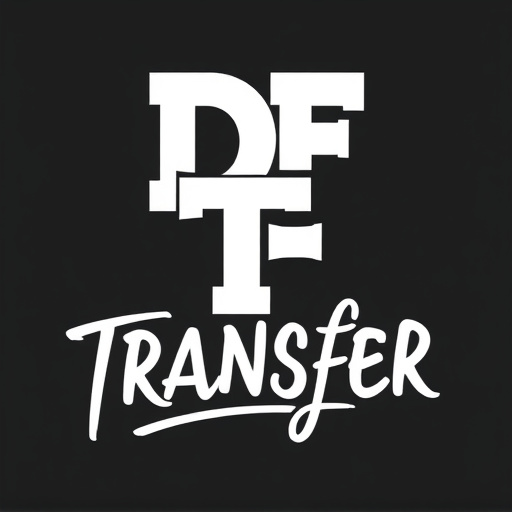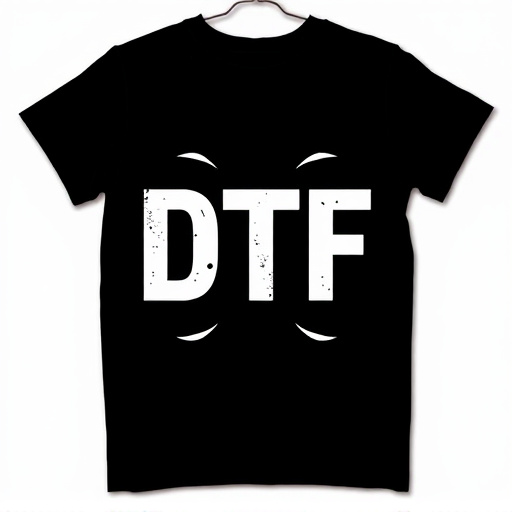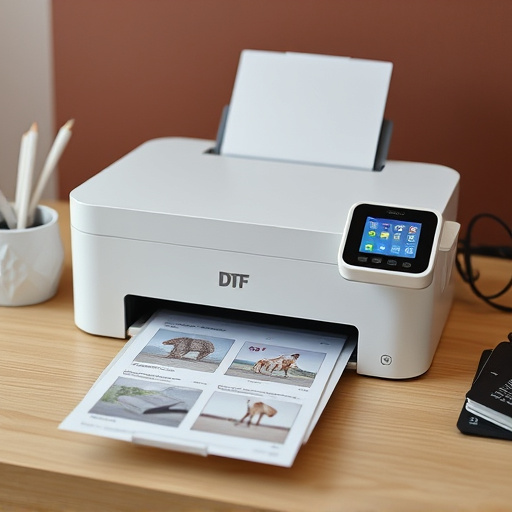DTF (Direct-to-Fabric) transfer sheets are a game-changer for printers and designers, offering efficient creation of intricate patterns on fabrics with vibrant colors. Optimized for various printing methods and fabric types, these sheets feature heat-sensitive adhesives for secure binding during pressing. DTF Printing allows for small-batch production or custom made-to-order garments, streamlining workflow while maintaining high quality. By combining multiple designs on one sheet, DTF enables limitless artistic expression in clothing, home decor, and DIY projects. However, successful DTF printing requires understanding technical aspects like file preparation, scaling, and layout optimization, with meticulous attention to detail throughout the process. Case studies show its growing adoption in fashion and home décor industries for personalized, intricate designs.
Unleash your creativity with the power of personalized DTF (Direct to Fabric) transfer sheets! This innovative technique allows designers to arrange multiple unique patterns on a single sheet, streamlining production and fostering endless design possibilities. In this comprehensive guide, we’ll explore the benefits of custom layout arrangements, from enhancing creative expression to optimizing printing processes. From technical considerations to real-world case studies, discover how DTF Printing can revolutionize your fabric design workflow.
- Understanding DTF Transfer Sheets: A Comprehensive Overview
- The Benefits of Personalized Design Arrangements
- Creating Multi-Design Layouts for Enhanced Creativity
- Technical Aspects: Designing for Optimal DTF Printing
- Tips for Effective Layout Planning and Execution
- Case Studies: Successful Implementation of Complex DTF Prints
Understanding DTF Transfer Sheets: A Comprehensive Overview
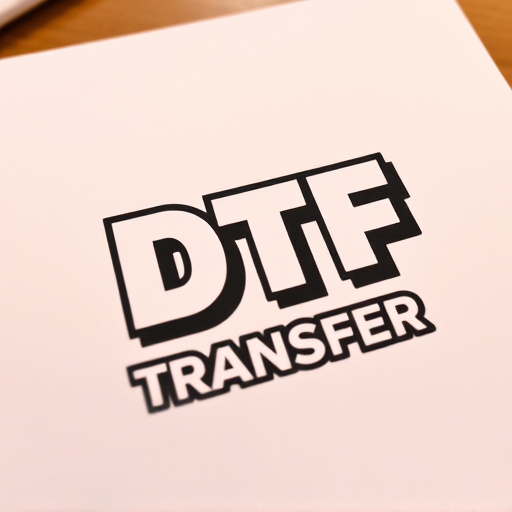
DTF (Direct-to-Fabric) Transfer Sheets are a versatile and innovative tool for printers and designers looking to create unique, personalized designs on various fabrics. This technology allows for the direct application of ink onto fabric, enabling intricate patterns and detailed prints that were once challenging to achieve. With DTF transfers, creators can lay out multiple designs on a single sheet, offering both efficiency and creativity in the design process.
These transfer sheets come in different formats, each optimized for specific printing methods and fabric types. They typically feature a heat-sensitive adhesive layer that securely binds the design to the fabric during a pressing process. The ability to arrange diverse designs on one sheet is particularly beneficial for small-batch production or creating custom, made-to-order garments. DTF Printing provides printers with a straightforward way to offer customized products, from fashion items like t-shirts and hoodies to home decor fabrics, all while maintaining high-quality results.
The Benefits of Personalized Design Arrangements
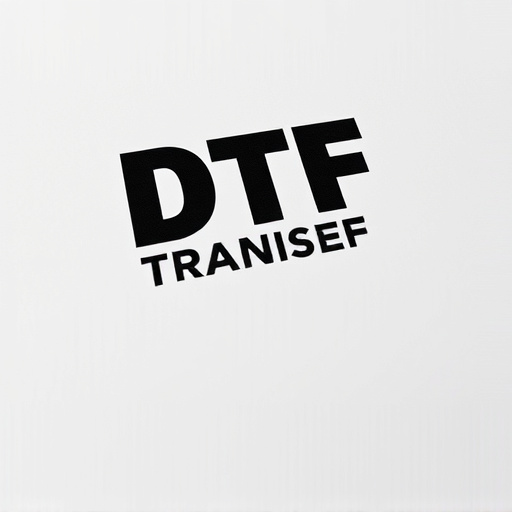
By personalizing design arrangements on a single transfer sheet, users can unlock a world of creative possibilities. This innovative approach, made possible by DTF (Direct to Fabric) transfer and printing technologies, allows for unique and tailored designs that cater to individual preferences. It offers artists, designers, and enthusiasts the freedom to combine multiple artistic visions into one cohesive piece.
This method streamlines the design process, eliminating the need for separate sheets or complex layout designs. Whether for clothing, home decor, or any DIY project, personalized DTF transfers ensure efficient production while preserving the intricate details and colors of each individual design. The result is a vibrant and diverse range of products that reflect personal style and creativity, all achieved with ease and precision through DTF printing techniques.
Creating Multi-Design Layouts for Enhanced Creativity
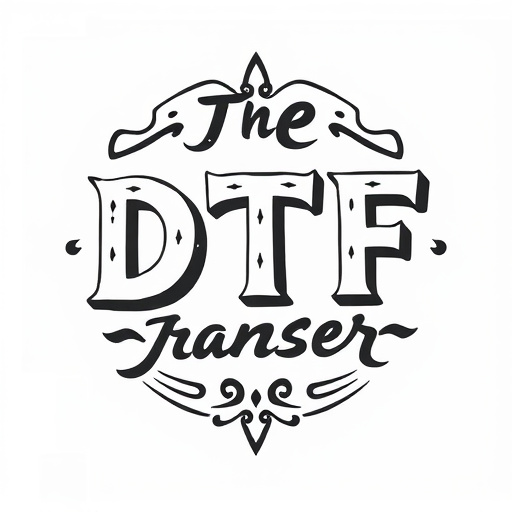
In the realm of creative expression, personalized DTF (Direct to Fabric) transfer sheets offer artists and designers a dynamic canvas for crafting multi-design layouts. By combining multiple designs on one sheet, users can explore diverse artistic possibilities while optimizing their workflow. This innovative approach to DTF printing enables the creation of intricate patterns, thematic collections, or even custom textile art that was once time-consuming or impossible with traditional methods.
Artists and enthusiasts alike can leverage this feature to enhance their creativity by experimenting with different arrangements, color palettes, and design elements on a single transfer sheet. Whether aiming to produce limited-edition clothing lines, unique home decor items, or personalized gifts, the ability to create multi-design layouts streamlines the process, allowing for more experimentation and ultimately, more distinctive DTF prints.
Technical Aspects: Designing for Optimal DTF Printing

When designing for DTF (Direct to Fabric) printing, understanding the technical aspects is crucial to achieve optimal results. The first step involves preparing your artwork with the right resolution and color mode; typically, high-resolution vector graphics in CMYK color mode are ideal for DTF transfer sheets. This ensures sharp details and vibrant colors when printed. You should also consider the scale of your design, as it will be replicated across various fabric types and sizes.
Additionally, optimizing the layout on the transfer sheet is essential. Proper spacing between designs allows for clean cutting and prevents images from bleeding into each other. Many DTF printers offer software that aids in designing and arranging multiple prints efficiently. By leveraging these tools, you can create intricate arrangements, ensuring that your final product meets the highest standards of quality and precision.
Tips for Effective Layout Planning and Execution
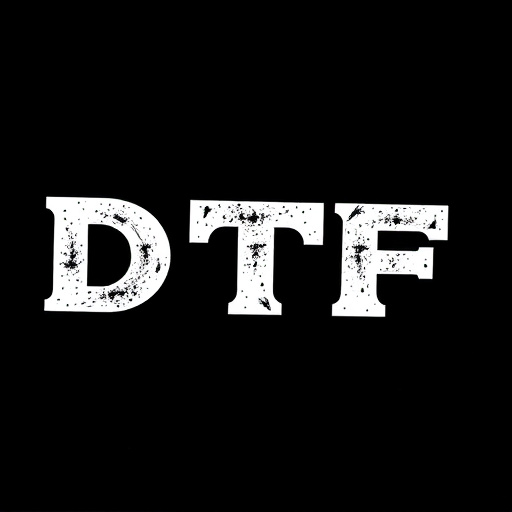
When planning a personalized arrangement of multiple designs on one DTF transfer sheet, the initial step is to conceptualize your layout with precision. Begin by considering the dimensions of your transfer sheet and the individual design elements. Utilize software tools designed for DTF printing to visualize and arrange your designs effectively. This allows you to experiment with different compositions and ensure that each element complements the other without overlapping or obscuring any part of the design.
During execution, maintain meticulous attention to detail. Double-check your layout on the digital platform before finalizing it. Once printed using DTF techniques, inspect the prints for any misalignments or imperfections. Adjustments made at this stage can significantly enhance the overall quality of your personalized arrangement. Remember that clear planning and careful execution are key to achieving exceptional results with DTF transfer and printing.
Case Studies: Successful Implementation of Complex DTF Prints
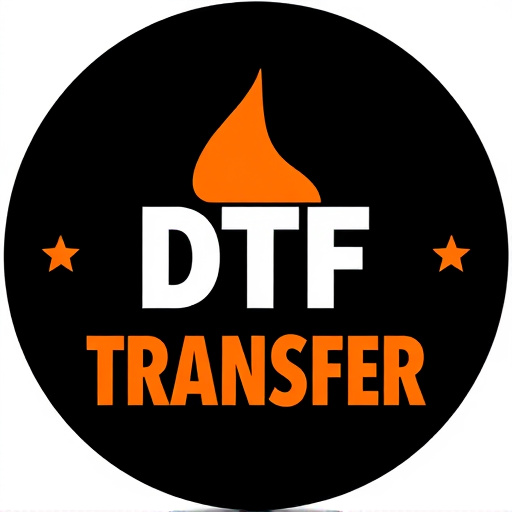
In recent years, the field of DTF (Direct to Fabric) transfer printing has seen remarkable advancements, with several case studies showcasing the successful implementation of complex designs. These cases highlight the versatility and precision that modern DTF transfer technologies offer. For instance, a leading fashion brand utilized DTF prints to create intricate, multi-colored patterns on various garment types, allowing for highly customized and unique product offerings. The process involved meticulously arranging multiple design elements onto a single transfer sheet, ensuring seamless integration during the printing phase.
Another successful story comes from a home décor company that specialized in custom furniture and accessories. They employed DTF techniques to print artistic patterns directly onto wood panels, metal, and even canvas. By personalized arranging designs on transfer sheets, they could cater to diverse customer preferences, offering both classic and modern aesthetics. This approach not only enhanced their product range but also enabled them to deliver orders promptly, thanks to the efficient DTF printing process.
